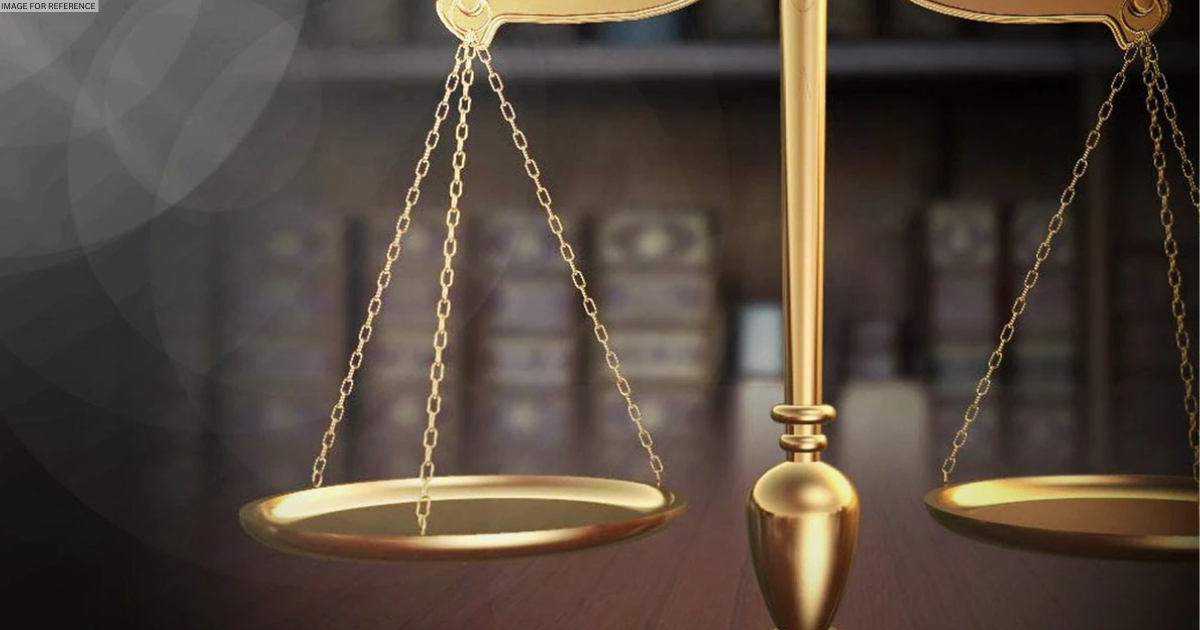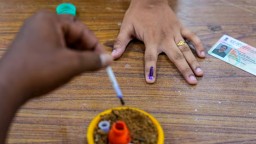Latest News
The 'Curious Case' of Malicious Prosecution


INTRODUCTION
The civil or criminal cases that lack evidences and are maliciously filed to intimidate, harass, defame, or injure other party. Such actions are denoted as malicious prosecution.
“A malicious prosecution is defined as a judicial proceeding instituted by one person against another, from wrongful or improper motive and without probable cause to sustain it. It is said to be a prosecution on some charge of duty and right, or for ends he knows dictates of public policy.”
The Supreme Court said distinguishing between “An act for malicious prosecution and action for the abuse of the process” that,
It contains in introducing unsuccessful criminal events maliciously and without reasonable and probable cause.
In the action of malicious prosecution, the plaintiff must prove that
-the plaintiff was innocent and that his innocence was noticeable by the court before which that allegation was made.
-that there is a want of reasonable and probable cause for the prosecution
-the proceedings of which he complains were initiated in a malicious spirit that form an indirect and improper motive, and not in furtherance of justice.
For the damages for the malicious prosecution the plaintiff has to prove the following essentials:
-that he was prosecuted by the defendant;
-the prosecution was started without any reasonable and probable source;
-the defendant acted maliciously and not with an aim of carrying the law into effect;
-the proceedings ended in the favour of the plaintiff;
-the plaintiff suffered damage due to the prosecution.
1. PROSECUTION BY DEFENDANT
These essential ingredients require:
(1) Prosecution
It should be a criminal prosecution rather than a civil action. Prosecution means criminal events against a person in a court of law.
“In Nagendra Nath Ray v. Basanta Das Bairagya, after a theft had been committed in the defendant’s house, he informed the police that he suspended the plaintiff for the same. There upon, the plaintiff was arrested by the police but was subsequently discharged by the magistrate as the final police report stated that there was no evidence connecting the plaintiff with the theft. In a suit for malicious prosecution, it was held that it was not maintainable because there was no prosecution at all as mere police proceedings are not the same thing as prosecution.”
(2) Prosecution should be instituted by the defendant
The criminal proceedings are done in the name of the state but in malicious prosecution, a prosecutor is the person who instigates the proceedings.
“In Dattatraya Pandurang Datar v. Hari Keshav, in this case the defendant filed a FIR for the theft which happened in his shop. His servant being suspected, was arrested and remanded by the magistrate. The police began the investigation and was not able to find any sufficient evidence against the plaintiff (the servant). The plaintiff was released and the bail bond was cancelled. Later the plaintiff sued the defendant for malicious prosecution. It was held that the essential element for such an action that the plaintiff has been prosecuted by the defendant could not be established. Hence the defendant could not be deemed for the damages of malicious prosecution.”
2. ABSENSCE OF REASONABLE AND PROBABLE CAUSE
The plaintiff also has to prove that the defendant sued him without any reasonable and probable source.
“In Manik Das v. Subal Chandra Dhar, the plaintiff and other had object on the poor quality of the border fencing work executed by the defendant. On the appellant launched a motivated and false prosecution alleging theft of bricks by the plaintiff for settling scores with the plaintiff. The appellant is connivance with the police unutilized the criminal process, prosecuted by the defendant maliciously for which he suffered immense damage to his reputation and physical well-being. Criminal proceeding terminated in the favour of the plaintiff.”
3. MALICE
It is also necessary for the plaintiff to prove that the defendant acted maliciously in prosecuting him, that is there was malice of some indirect and illegitimate motive in the prosecutor that is the primary purpose was something other than to bring the law into effect, which in simple words means that the defendant is actuated not with the intention of carrying the law into effect, but with an intention which was of wrongful motive.
“In the case Antarajami Sharma v. Padma Bewa, it was observed that, law is settled that in a case of reasonable and probable cause rests on the plaintiff. But only in cases where the plaintiff purports to be in respect of an offence which the defendant claims to have seen him commit.”
4. TERMINATION OF PROCEEDINGS IN FAVOUR OF THE PLAINTIFF
It is also essential to see that the termination ended in the favour of the plaintiff. If the plaintiff is convicted by the court he cannot bring an action for malicious prosecution. Even if he can prove his innocence and also that the accusation was malicious and founded.
“In Reynolds V. Kennedy, it has been held that the original conviction was a bar to an action for malicious prosecution and subsequent reversal for conviction, an appeal was of no effect.” [7]
5. DAMAGE
It has to be proved that the plaintiff has suffered damage as a consequence of the prosecution complained of. Even though the proceedings end up in the favour of the plaintiff, he may have suffered damage as a result of the prosecution.
In the case of malicious prosecution, the plaintiff can claim damages on the following three counts
-
Damage to the plaintiff’s reputation
-
Damage to plaintiff’s person
-
Damage to plaintiff’s property
CONCLUSION
Every person has the right to file complaint set judicial machinery to protect his or her rights but he or she should not misuse this to harass the people. They should not harm other people’s right. if they are filing complaint for someone it should be justifiable. If not, the victim can recover the damages.
ENDNOTES
1. W.B.S.E.B v. D.K. Ray, A.I.R 2007 S.C 976
2. Nagendra Nath Ray vs Basanta das Bairagya on 12 February, 1929
Equivalent citations: AIR 1930 Cal 392
3. Dattatraya Pandurang Datar vs Hari Keshav Gokhale on 31 March, 1948 Equivalent citations: (1948) 50 BOMLR 622
4. Manik Das v. Subal Chandra Dhar & Ors. Gauhati High Court
Sep 19, 2012
5. Antarajami Sharma vs Padma Bewa and Ors. on 14 March, 2007
Equivalent citations: AIR 2007 Ori 107
6. Reynolds v. Kennedy (1867) L.R 2 C.P 684

.png)


.png)
.jpg)




.png)






.jpg)

.png)

